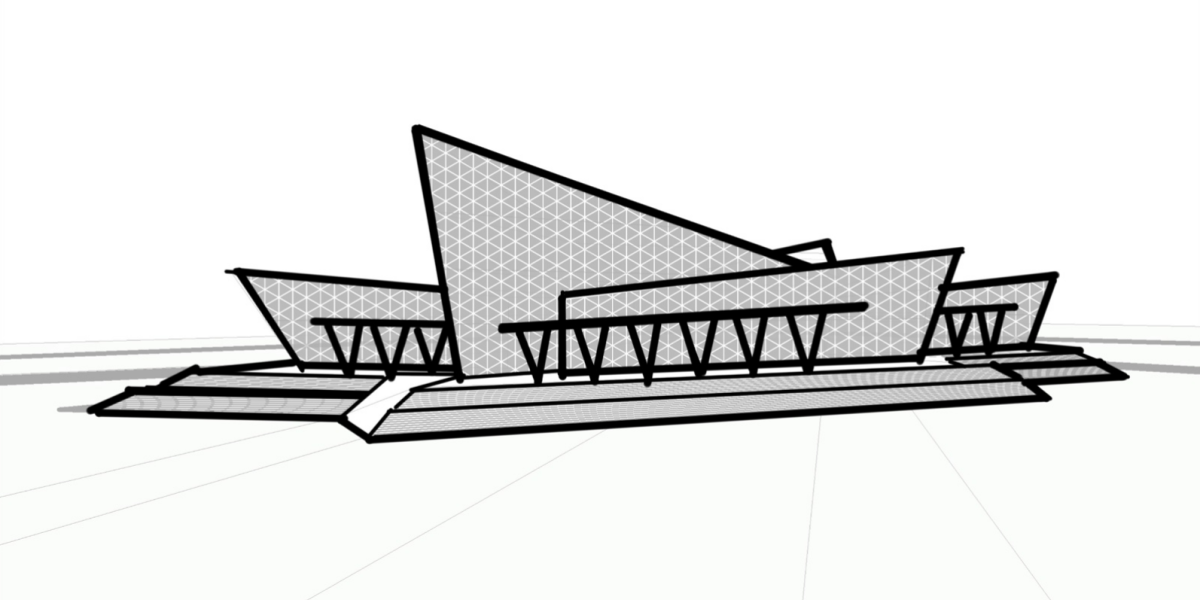Major infrastructure projects place a huge emphasis on safety. They often use the safety case approach, a thorough structure for identifying hazards, assessing risks, and guaranteeing safety. However, whilst safety cases offer many benefits, they also come with certain challenges and restrictions. Therefore, careful consideration is vital. In this blog post, we’ll dissect these challenges and limitations. We’ll stress the importance of tackling these issues to optimise safety. Let’s dive in.
Table of Contents
Resource and Time Intensiveness
Building a strong safety case requires substantial resources such as time, money, and expert knowledge. The task calls for a thorough hazard identification and carries out robust risk assessments. It also demands the crafting of all-encompassing safety measures.
Data collection and analysis, collaboration with stakeholders, and crafting of the safety case report are all part of this lengthy process. Therefore, ensuring all parties have ample resources and a committed mindset is vital. This focus guarantees the thoroughness and effectiveness of the safety case process.
Complexity and Technical Expertise
Infrastructure projects can be incredibly complex, involving numerous systems, technologies, and disciplines. When forming a safety case, there’s a need for a variety of technical skills like engineering, risk assessment, human factors, and operational safety.
However, securing the right expertise for these cases can be daunting, especially if a project has unique or unconventional elements. On top of that, the project’s complexity might usher in uncertainties. This complexity could complicate hazard identification, risk evaluation, and the establishment of safety protocols.
Understanding and managing these challenges requires strong leadership, continuous professional development, and investment in advanced technology. This fosters a collaborative approach that harnesses the full range of available expertise. Preparing a solid safety case ensures the smooth execution of the project, promoting a safe and productive work environment.
A robust systems engineering approach is vital for tackling the myriad challenges in infrastructure projects. It won’t just streamline the process but also minimise potential risks, ensuring everyone’s safety, and contributing to project success.
Subjectivity and Uncertainty
Despite the systematic approach, the safety case process inherently involves subjective judgments and uncertainties. Hazard identification and risk assessments rely on available information, expert judgment, and assumptions. Uncertainties in data, models, or assumptions can impact the accuracy and reliability of safety case conclusions. Moreover, balancing competing interests, values, and perspectives among stakeholders can introduce subjectivity in decision-making. Transparent communication, robust analysis, and ongoing review and verification processes are essential to acknowledge and manage these uncertainties and subjectivities effectively.
Limited Applicability to Smaller Projects
While safety cases are well-suited for major infrastructure projects with high inherent risks and significant potential consequences, applying the approach to smaller-scale projects may prove impractical or inefficient. The extensive resources and effort required might not be proportionate to the risks and complexity involved, leading to unnecessary burdens and delays. In such cases, alternative risk management and safety assurance methods tailored to the project’s scale and context should be considered.
Adaptability to Evolving Designs and Technologies
Major infrastructure projects often undergo design changes and technological advancements throughout their lifecycle. The safety case must be adaptable to accommodate these changes and ensure continued safety assurance. Regular review and revision of the safety case are necessary to reflect modifications, updates, and lessons learned. Establishing mechanisms to manage the evolving nature of the project and ensuring the effectiveness and currency of safety measures are critical.
Potential for Complacency
One potential pitfall of the safety case approach is the risk of inadvertently breeding complacency. Once the safety case is established and approved, there is a possibility that the focus on safety diminishes, and attention shifts to other project aspects. Continuous vigilance, periodic safety audits, and ongoing monitoring are essential to prevent complacency and ensure the sustained implementation of safety measures throughout the project’s lifecycle.
A Safety Case Framework
While safety cases offer a robust framework for enhancing safety in major infrastructure projects, they are not without challenges and limitations. By acknowledging and addressing these challenges proactively, project stakeholders can maximize the benefits of the safety case process while mitigating its limitations. Allocating adequate resources, fostering technical expertise, managing subjectivity and uncertainty, considering project scale, ensuring adaptability, and guarding against complacency are key strategies for navigating these challenges. By doing so, we can pave the way for safer and more successful infrastructure projects that prioritize the well-being of workers, users, and the surrounding communities.
Infrastructure development plays a crucial role in society, and safety should always be a top priority. By understanding and addressing the challenges and limitations of safety cases in infrastructure projects, we can strengthen safety assurance processes and ensure the successful implementation of safety measures. This not only protects human lives and minimizes the impact of accidents but also enhances public confidence in the project.
Safety Case Strategies
To overcome the challenges and limitations discussed, it is important to adopt the following strategies:
- Collaboration and Stakeholder Engagement: Foster collaboration among all stakeholders, including project developers, engineers, safety experts, regulators, and the local community. Engage stakeholders early in the safety case process to ensure their perspectives are considered, concerns are addressed, and the safety measures are tailored to meet their expectations.
- Training and Knowledge Transfer: Invest in training programs to develop the necessary technical expertise and knowledge required for safety case development and implementation. Encourage knowledge sharing and transfer between experienced safety professionals and project teams to improve understanding and proficiency in safety assurance practices.
- Continuous Improvement and Learning: Implement a culture of continuous improvement and learning throughout the project lifecycle. Regularly review and update the safety case to reflect evolving project designs, technologies, and lessons learned from similar projects. Foster a proactive approach to safety by promoting open reporting of near-misses, incidents, and lessons learned to drive improvement in safety performance.
- Robust Risk Assessment and Management: Invest in thorough hazard identification and risk assessment processes to ensure potential risks are identified and analyzed comprehensively. Use advanced modeling and simulation techniques to assess complex scenarios and evaluate the effectiveness of safety measures. Develop robust risk management strategies that include mitigation, contingency plans, and emergency response protocols.
- Regulatory Compliance and Best Practices: Stay up-to-date with regulatory requirements and industry best practices related to safety assurance in infrastructure projects. Compliance with relevant standards and guidelines not only ensures legal obligations are met but also demonstrates a commitment to achieving the highest level of safety.
- Independent Review and Audit: Conduct independent reviews and audits of the safety case to provide an unbiased assessment of its effectiveness. External experts can offer fresh insights, identify potential gaps, and validate the robustness of the safety measures. Regular audits throughout the project lifecycle ensure ongoing compliance and continuous improvement.
Conclusion
Conclusively, safety cases play a crucial role in infrastructure projects. They help identify hazards, evaluate risks, and enforce proper safety measures. Although faced with challenges and limitations, we can tackle them through proactive steps. Resources allocation, building expertise, managing subjectivity, and recognizing project scale are effective. Also, promoting adaptability and averting complacency can enhance safety results. Encouraging a spirit of collaboration and constant improvement will bolster project success, ensuring the well-being of all participants.







